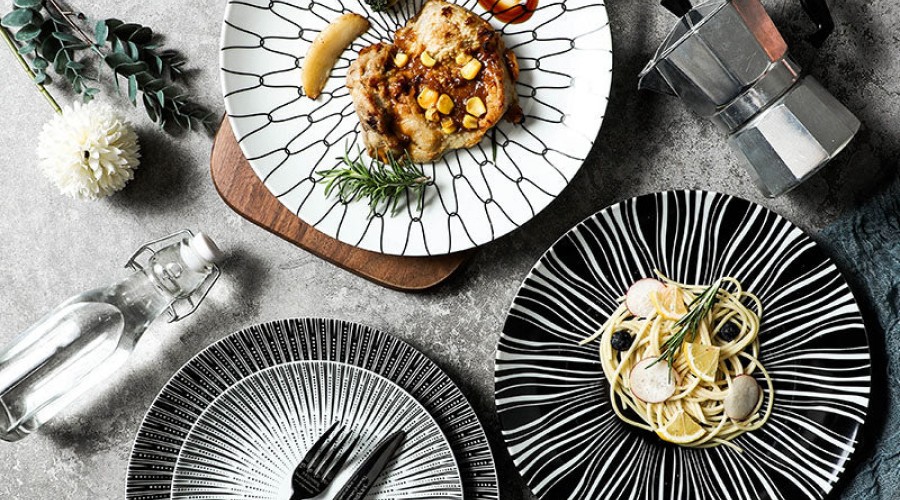
How to distinguish whether the tableware is over glazed color figure, in glazed color figure or under glazed color figure?
On-glaze, in-glaze and under-glaze are all painted porcelain. Compared with other tableware, painted porcelain has a much higher variety of colors, beautiful patterns, low price, and very high cost performance.
On-glazed
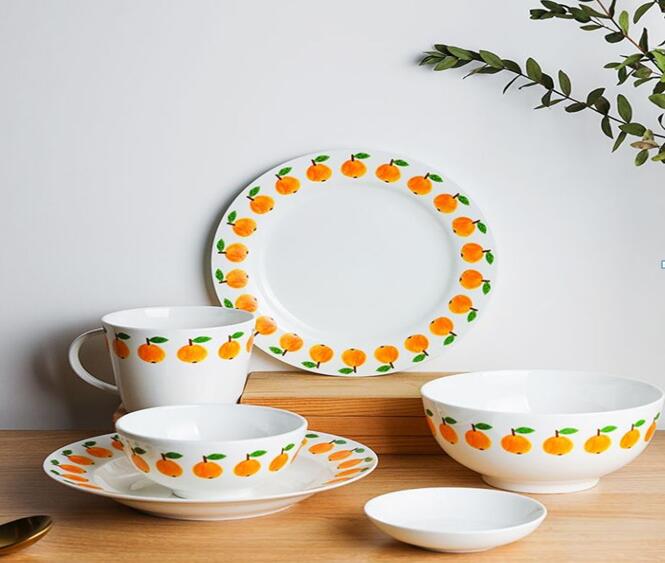
In-glazed
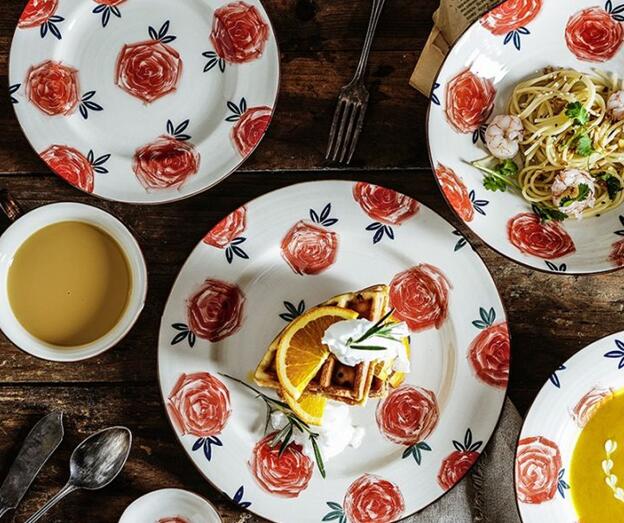
Under-glazed
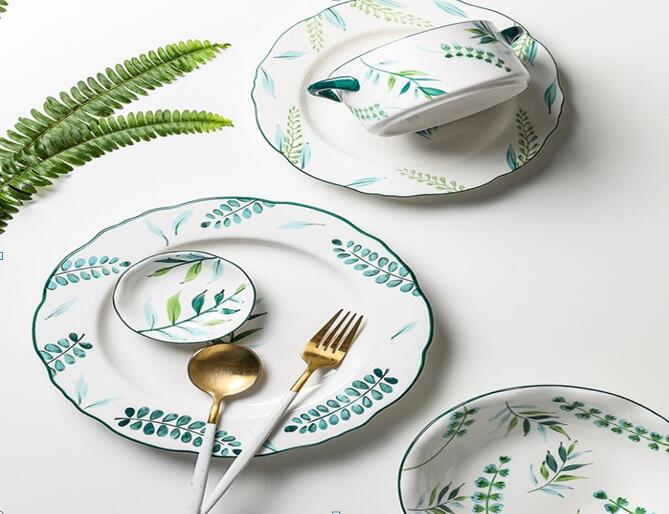
How to distinguish them? Below, we analyze from 6 aspects.
(1) The generation time is different
Under-glaze: The earliest prototype can be traced back to the Song Dynasty and has continued to this day.
In-glaze: a new porcelain decoration material and technique developed in the 1970s.
On-glaze: It was created on the basis of under-glaze blue and white painting in Ming Dynasty. Therefore, it can be said that on-glaze painting originated from under-glaze painting.
(2) The production steps and processes are different
Under glazed color figure: The color is directly used for creation on the body or fired body, and then glazed, finally fired in the kiln; the color can fully penetrate into the porcelain.
In-glaze color figure: a layer of glaze is applied to the body, and then paint on the body surface, finally painted body is completely covered with a layer of glaze.
Over glazed color figure: First, the white porcelain body is fired, and then the color is used on the surface of the porcelain, and finally fired in the kiln, so the painting and the glaze are fired separately.
(3) The firing temperature is different
Under glazed: First, the clay blanks are fired at 800°C, and after painting and glaze are completed, they are fired in a kiln at about 1200°C to 1300°C.
In glazed: The glazed body is first bisque fired at 800°C, then painted, and then sprayed with a thin layer of glaze on the surface, final fired at a high temperature of 1060-1250°C for 90-100 minute.
On glazed: First, fired in a kiln to white porcelain blanks in 1200°C to 1300°C, and use pigments to create paintings, final secondary kiln firing in 800°C.
(4) The appearance is different
Under glazed: The painting method is to use color for colored painting decoration firstly, and then apply glaze on it; the glaze is on the outermost layer. Therefore, the color of the utensils painted under the glaze is smooth, the surface is smooth, the penetration is continuous, and the color will never fade. It is very safe as daily use porcelain (such as cups, bowls, plates, pots, etc.).
In glazed: Under the condition of high temperature and fast burning, the glaze of the product softens and melts, so that the particles of this new pigment penetrate into the glaze. When the glaze surface is closed after cooling, the colors are immersed in the glaze, making the appearance moist, delicate and crystal clear, quite under-glazed effect. This decoration with high temperature and fast burning paint has a unique style. Its color is soft and smooth, and the products have strong mechanical wear resistance and corrosion resistance, and completely solve the harm of ‘lead poisoning’ in ceramics at the same time.
On-glazed: Many daily-use porcelains use this method. There are hundreds of colors of pigments, which are extremely expressive. The final firing temperature of the pigments is very low, and the color changes little after firing. The pigment is not fused with the glaze, so the drawn patterns stand out from the glaze surface, which is easy to fall off and discolor after long-term friction and erosion. Since the pigments in the glaze color contain substances that are harmful to human health, it is best not to use the daily-use porcelain if it is found to fall off. But under normal circumstances, the relatively new daily-use porcelain is still safe if there is no sign of falling off.
(5) The classification is different
Under-glazed: mainly blue and white, under glazed red and under glazed multicolored.
In-glazed: Painting, mainly decals.
On-glazed: mainly includes ancient color, pastel color, new color and so on. There are other types of printing, decals, brush flowers, spray flowers and so on.
(6) Different color materials
Under glaze color figure: The pigment is fired at high temperature. The hue of the pigment before and after firing is relatively large, and there are not many pigments that can withstand high temperature, so the color change is extremely difficult to grasp.
In-glaze color figure: the pigment is fired at high temperature, and the hue of the pigment before and after firing is relatively large.
On-glaze color figure: the pigment is fired at a low temperature of 650℃-800℃. Due to the low temperature, many pigments can withstand such a temperature, so the color change after burning is not large.
Generally speaking, the distinction between over-glaze and under-glaze colors can be observed from the ceramic surface. The surface of the under-glaze - is bright and soft, smooth and not protruding, and the color rendering effect is general. The on-glaze has a concave and convex feeling, the glaze brightness is poor, and the color is good. In-glaze tone is less than on-glaze, but the glaze surface is not worn and smooth.
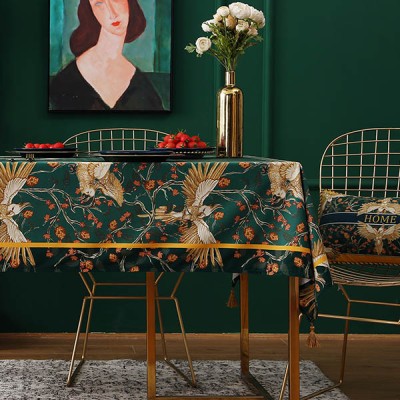

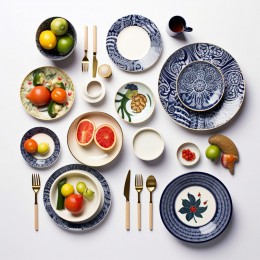
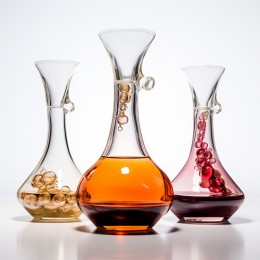
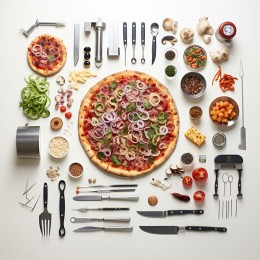
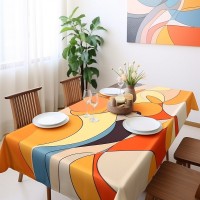
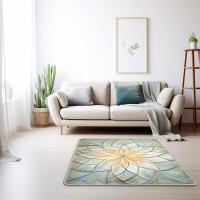
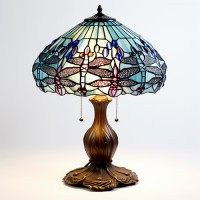
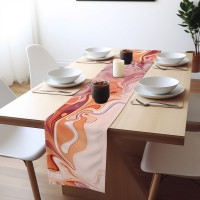
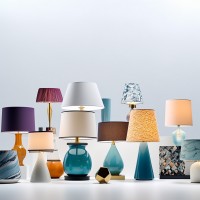
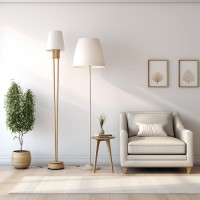
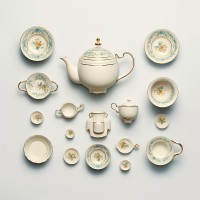
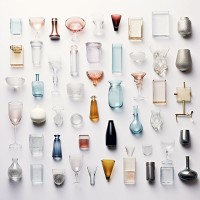
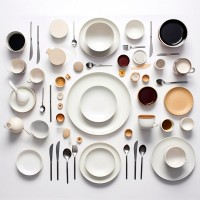
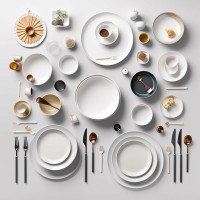

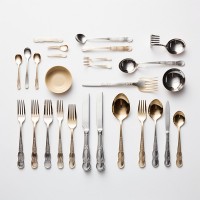
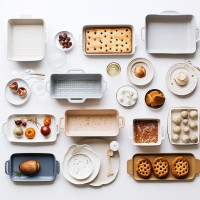

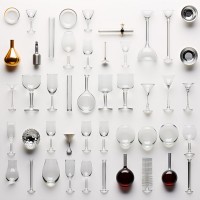
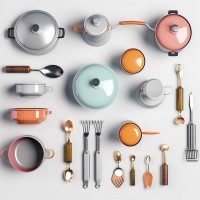
-250x250.jpg)
-250x250.jpg)




















-250x250.jpg)
-250x250.jpg)












-250x250.jpg)



-250x250.jpg)

Leave a comment